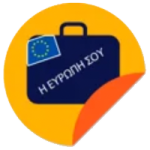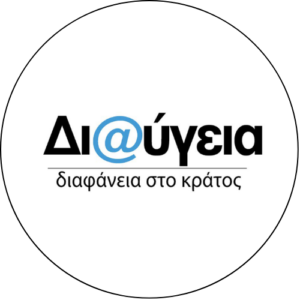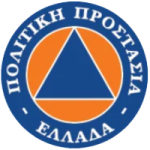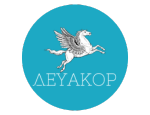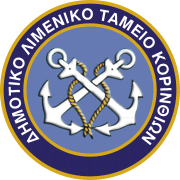Blue Flag Programme
Criteria
What are the criteria for the award of the Blue Flag?
The criteria are grouped into four categories as follows:
- environmental education and information
- bathing water quality
- environmental management
- Safety, lifesaving, first aid, services and facilities
Environmental education and information (criteria 1-6)
- Information on the coastal ecosystem and the sensitive natural environment of the coastal area.
- Continuous information to the public on the quality of bathing water.
- Information about the International Blue Flag Programme on the notice board on the coast.
- Printed information and posted guidelines for the coast. Code of Conduct
- Activities that actively promote the protection of the natural environment of the coast
Bathing water quality ( criteria 7-11)
- Quality of bathing water, confirmed by random measurements
Sampling shall be carried out by independent persons, duly authorised and properly trained, and analyses shall be carried out in accredited laboratories.
- No discharge of industrial waste water to the coast
- Urban wastewater treatment, as required by the European Directive of the EU
Environmental Management ( criteria 12-26)
- Land use plan and environmental management
- Periodic cleaning of the coast from rubbish, cigarette butts, etc.
- Adequate rubbish bins, which are regularly emptied
- Facilities for recyclable materials ( special bins for paper, plastics and aluminium )
- Adequate sanitary facilities, with a controlled drainage system
- Ban on driving vehicles and mopeds on the coast
- Prohibition of free camping
- Surveillance of pets on the coast
- Maintenance of buildings and equipment on the coast
Safety, lifesaving, first aid, services and facilities (Criteria 27-33)
- Trained lifeguards – or immediate access to telephone – life-saving equipment and first aid
- Plans to deal with a pollution accident, with immediate information to the public
- Safe passage to the coast and care for people with disabilities
More Information
A) What is a busy coast?
A busy coast is considered to be a coast which receives at least three hundred (300) bathers per day, during peak periods, for a length
of coastline of one (1) kilometre.
According to the Decree 71/2020 Government Gazette 166/A/2020: Lifeguard training schools, licensing, lifeguard, mandatory hiring of
lifeguard in organized or unorganized beaches. Regarding the protection of human health and physical integrity
the Municipality of Korinthia has only one busy beach, the beach “Kalamia” and all other beaches have been classified as non-populated beaches.
What does this mean for the Municipality?
Since the Kalamia coast is a busy coast, according to the Coast Guard and the Blue Flag, the Municipality must have the following equipment on the
coast:
1. 3 towers with 4 lifeguards. Each lifeguard to control an area of shoreline within two hundred (200) feet on either side of the tower
2. The lifeguard equipment as described in Article 73.
3. A 5-meter boat with the lifeguard equipment as described in Article 7, with one lifeguard and one boat operator
4. One a 3.3 m long boat for each lifeguard etc. with a licence and comparable markings
5. The City shall have a 5 meter boat with signs and medical supplies to supervise all City shores with a lifeguard and boat operator
6. Have a water moped, at least two meters and seventy-five (2.75) inches in overall length, with a horsepower of at least
eighty (80) horsepower
7. Buoys 100 metres from the shore and buoys for the lifeguard boats for the entry and exit of small boats
B) The Municipality according to the Blue Flag program among others
criteria, must have safe passages to the coast and care for
people with disabilities.
The Municipality of Corinth has services for People with Special Needs in each Municipal Unit with an awarded coastline, such as:
Parking for disabled, WC for disabled, special corridor from the beginning of the coast to the sea and amphibious wheelchair.
C) Equipment on unfrequented beaches
Unfrequented beaches – beaches that do not receive at least three hundred (300) bathers daily, during peak periods, for
a coastline length of one (1) kilometre – do not need to have a lifeguard. The “Blue Flag” program for each shoreline requires that all
criteria be met and that instead of a lifeguard, life jackets and first aid supplies be available for bathers.
Please do not leave litter on the coast, do not make graffiti on the notice boards and in the changing rooms.
Make sure not to waste too much water because unfortunately water is getting scarce !
The beaches are checked by inspectors of the program and if a criterion is not met the Blue Flag is removed from the mast.
We always take care of a clean environment in our Municipality!
Kalamia Beach
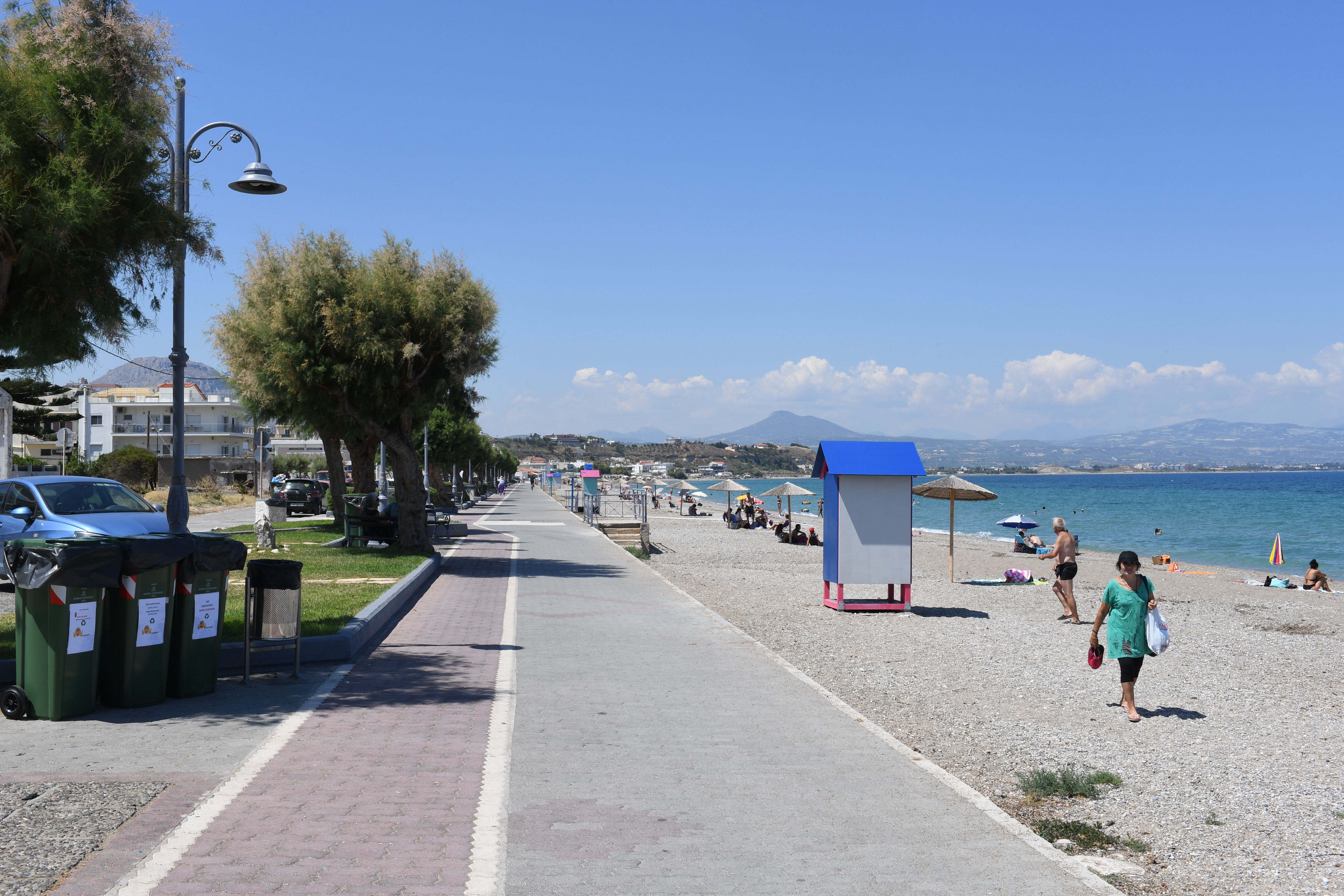
Poseidonia beach
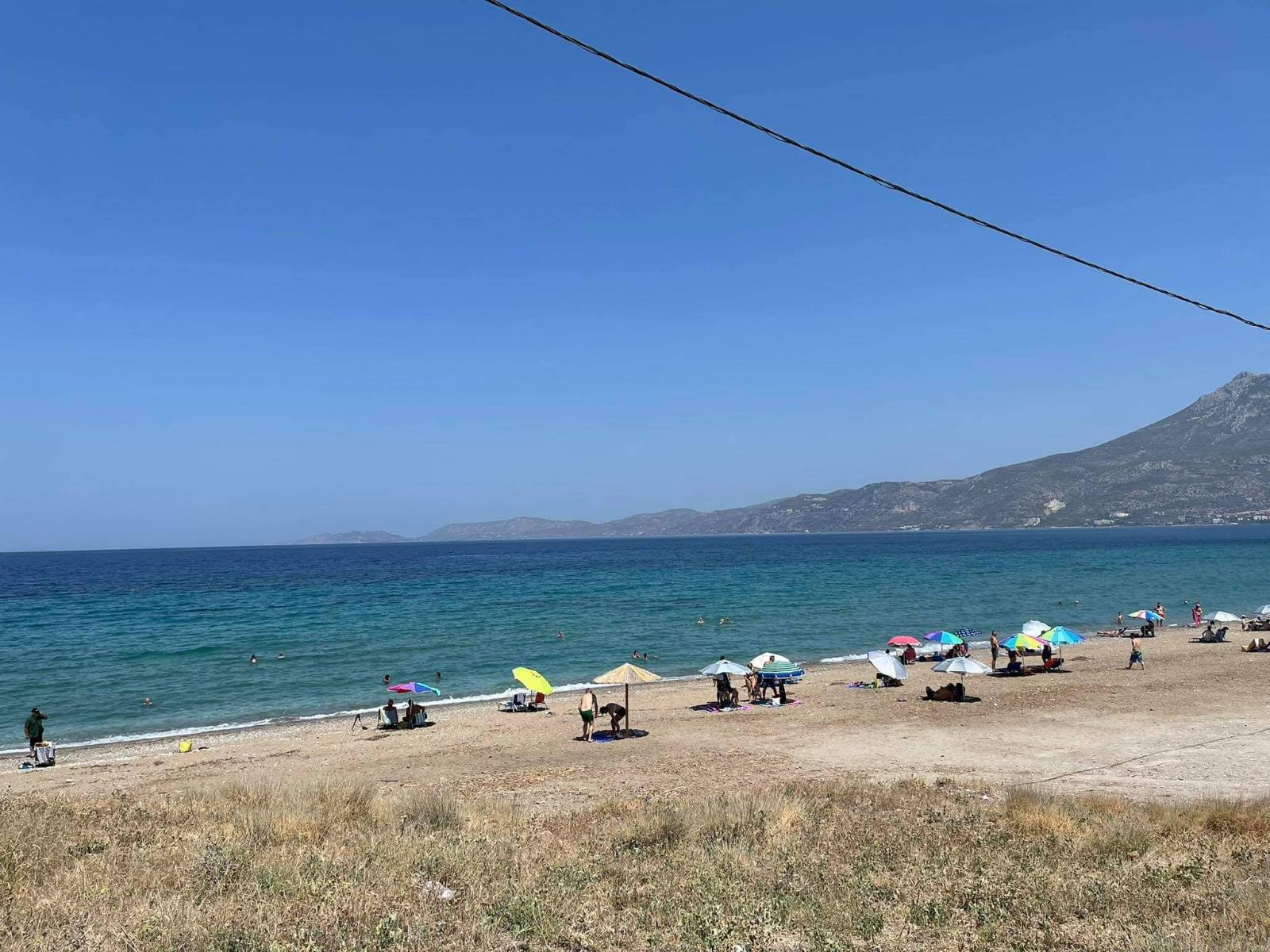
Lechew Beach

Almira Beach
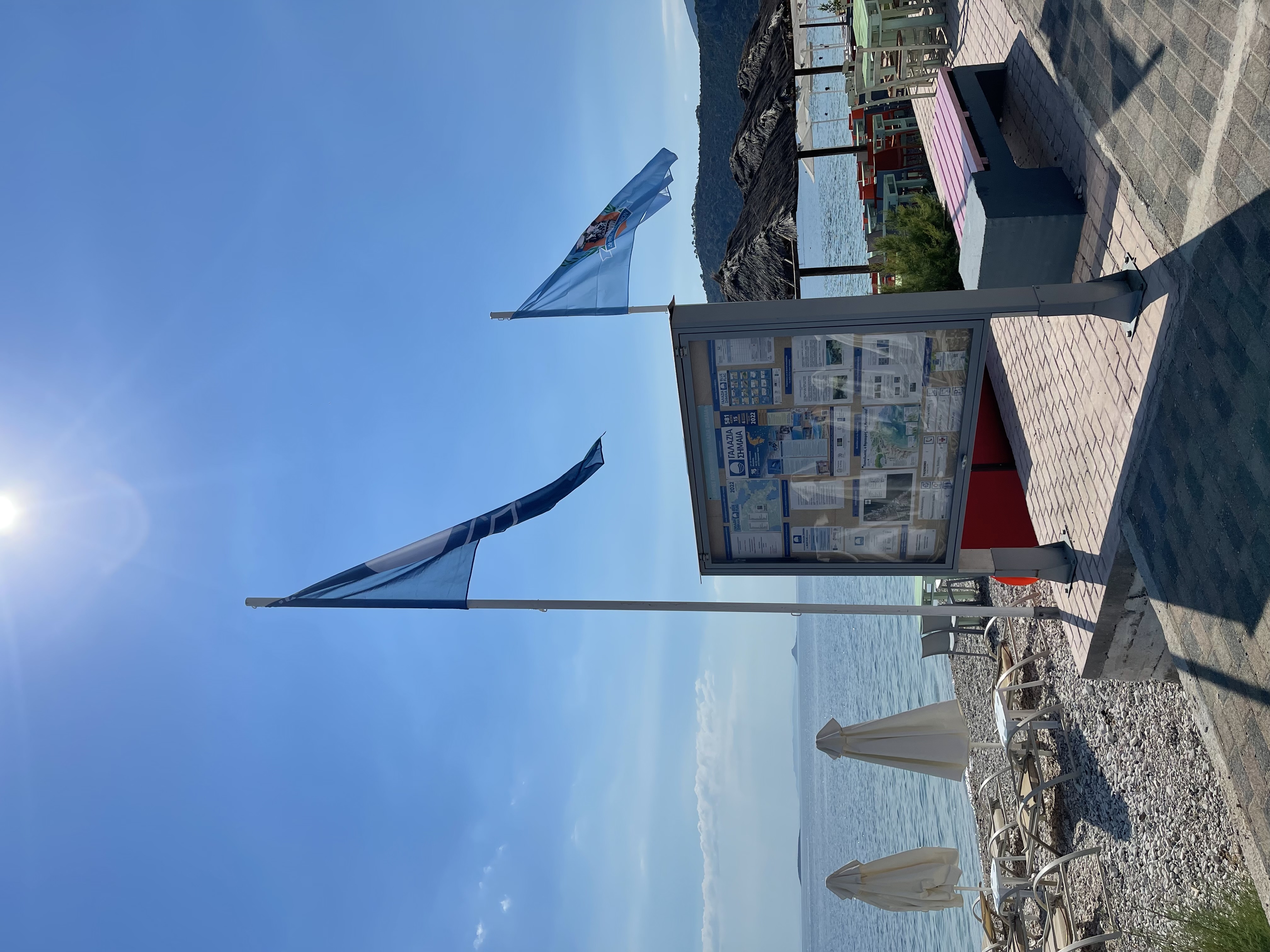
Korfos Beach
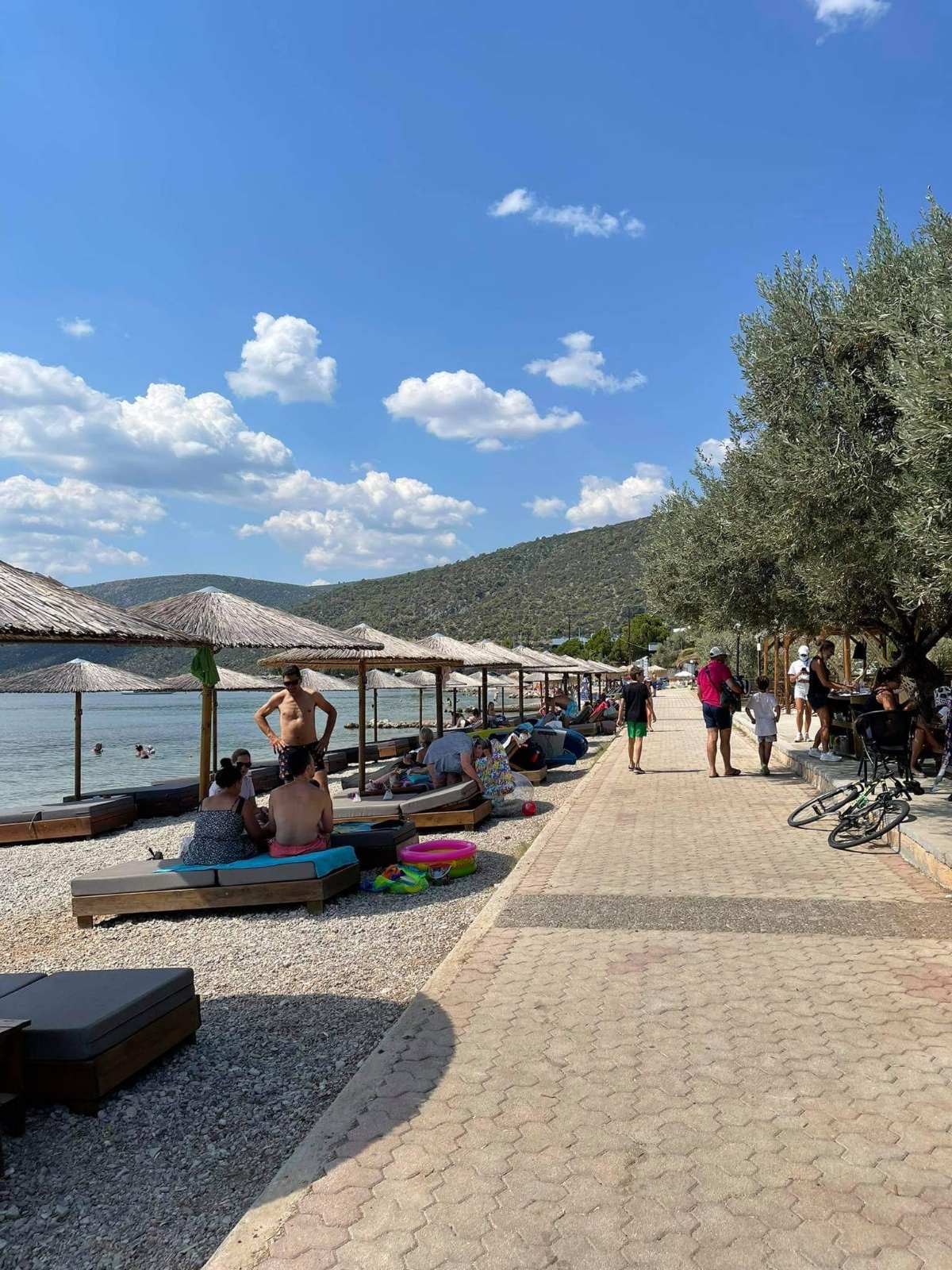
Blue Flag
Visit the website
Articles - Actions





